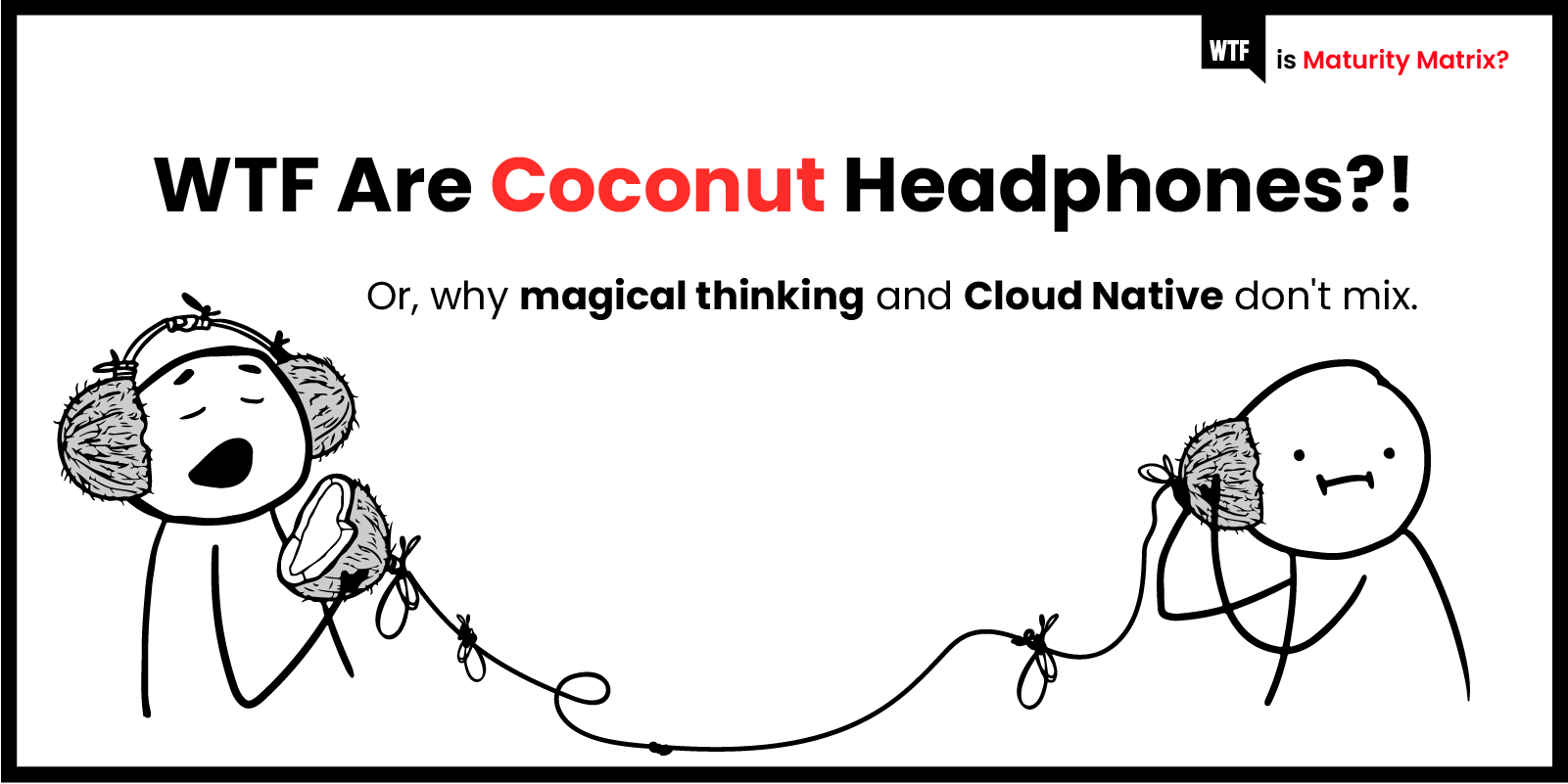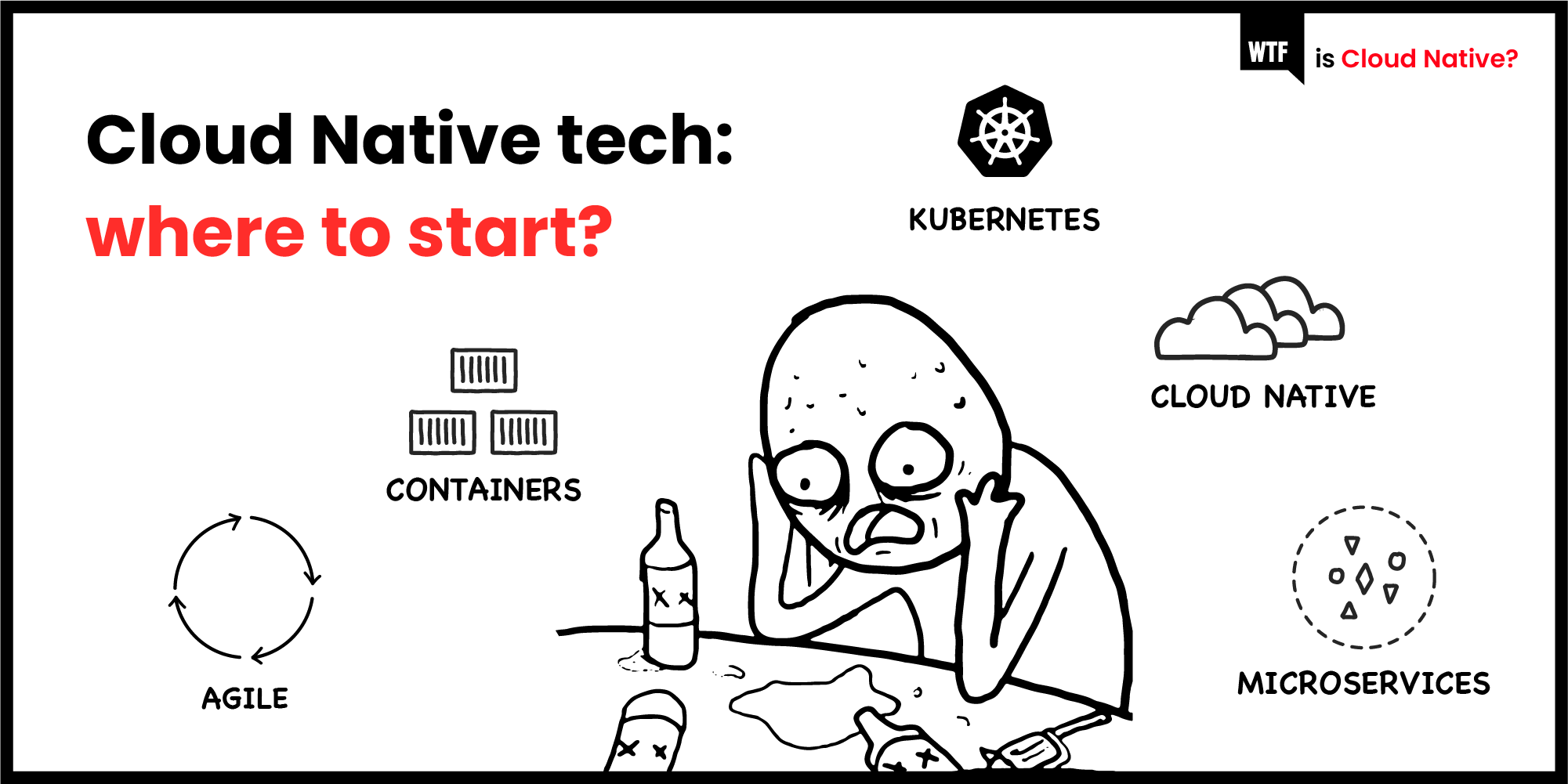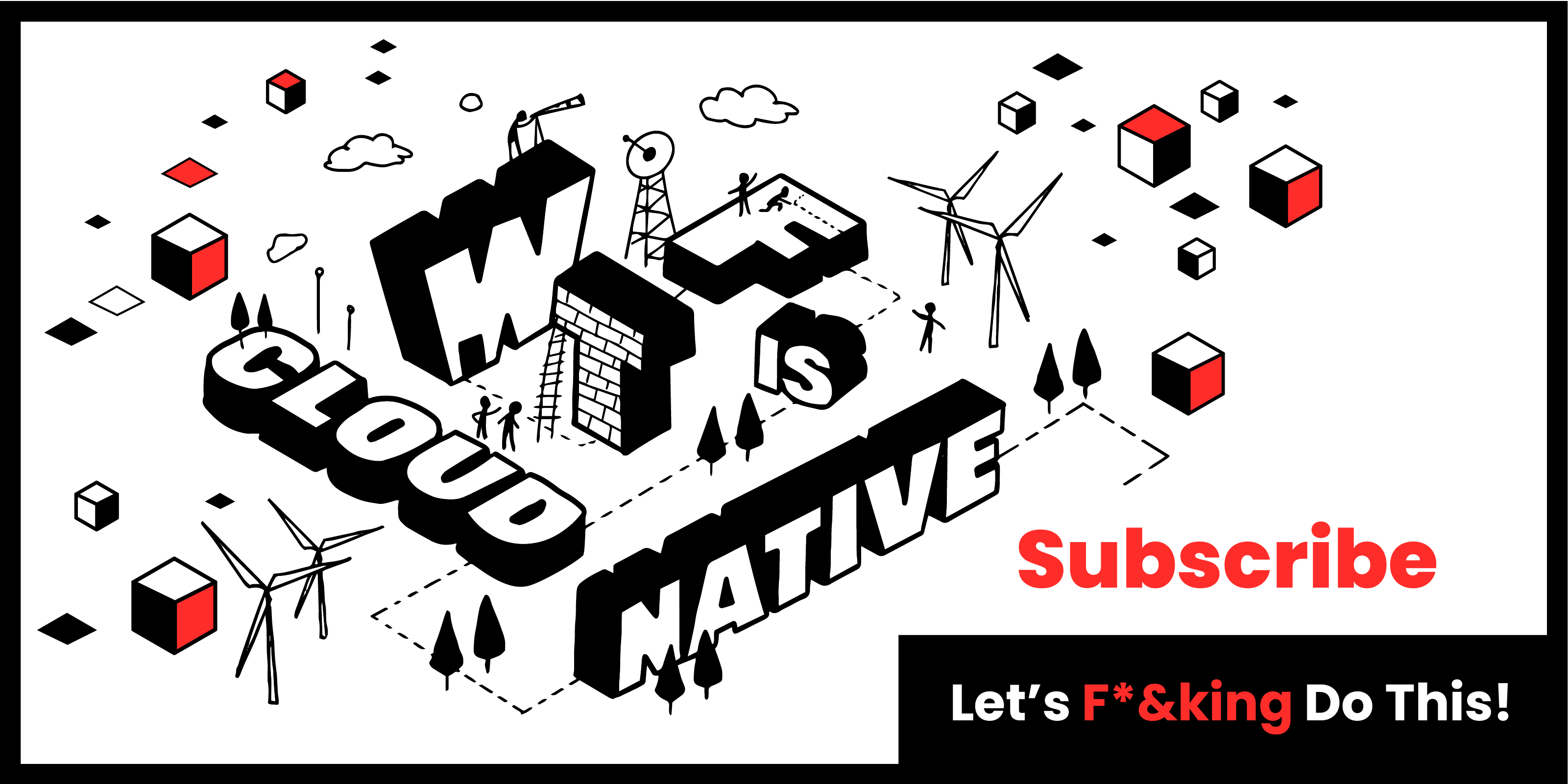When the Second World War broke out, the U.S. military arrived in the Melanesian Islands, northeast of Australia, to use the remote islands as transit depots for the supply of materials to aid their forces in the Pacific. Airstrips were laid out, radar towers built, and soon American soldiers and airmen were unloading vast amounts of food, vehicles, and other materials ready for forward transport into the war zone.
These islands were historically outside of the main trade thoroughfares and thus had remained relatively untouched by developments in the rest of the world. So the apparent ease with which the Americans summoned luxuries to their hastily-assembled airstrips astonished the native islanders.
With the ending of the war, the Americans headed home. At this point, some of the islanders decided they would try and mimic the behaviour they had witnessed in the hope of summoning more of the luxury goods to the islands. They built makeshift aircraft control towers out of bamboo, manufactured static airplanes out of wood, and split coconuts in two and tied them together with bark to use as headphones.
And then they waited. But, of course, nothing arrived from the sky.
Optimism Born from Desperation
These islanders had fallen prey to what we might call magical thinking: the belief that the objects they had witnessed other people use could be recreated and used to summon the luxuries they had so admired. Magical thinking is a coherent human process with its own rules, beliefs, and outcomes.
The more stressful or challenging the times, the more likely human beings are to embark upon magical thinking. In our own uncomfortable new world of post-pandemic recession, where new technologies are needed to protect unstable company balance sheets, it is all too easy to build or buy the modern equivalent of coconut headphones.
Companies facing catastrophic falls in profits are desperate to find solutions and are looking around them for quick answers. And when times are hard, answers that are packaged up in attractive branding can seem like a lifeline to company bosses and team leaders desperate to stem economic losses.
The team at Netflix did a brilliant job in developing the tools they needed in order to deliver such a massive library of entertainment to consumers all over the world. One of the processes they came up with was the chaos engineering tool, Chaos Monkey. What this did was to provoke random failures in the IT infrastructure of Netflix’s product in order to allow the company’s engineers to detect problems in their systems and preemptively fix them. In time, the automated and cloud-based service became so sophisticated that it could prevent such faults from arising in the first place.
Now, there are a host of software providers supplying tech processes based on Chaos Monkey which claim to offer businesses seeking to mimic Netflix's success a surefire methodology to cut out IT failure. The problem is, they don't take into account the specific operating environment of the businesses, which are eagerly buying what seems to be an off-she-shelf solution to advancing their tech resilience.
No 'Magical' Solutions
The Netflix engineers used the tried and tested Agile methodology of taking one small step at a time, testing the outcome, adjusting their understanding based on that outcome, then moving on to the next step. Those selling glitzy tech-solution packages have no knowledge or understanding of the operating environment of the companies they are selling to. They're selling magic.
As Tim Wu wrote in The Attention Merchants: ‘For all our secular rationalism and technological advances, potential for surrender to the charms of magical thinking remains embedded in the human psyche, awaiting only the advertiser to awaken it’.
So how do we protect our companies as the post-pandemic recession kicks in? We have to do a number of things, in this order:
- If technological development and the movement to new operating environments such as the Cloud, are going to be the only way for your company to survive this recession, then make understanding those environments your first priority. If you don't, and if your teams don't, then you are lining yourself up to buy an expensive folly. (You can power up for free by subscribing to WTFIsCloudNative.)
- Get the advice of people who don't have skin in the game. Enable your own teams to experiment and learn; don't expect the tool vendors to give you objective advice.
- Go slowly. No matter how scary the outside world may be becoming, the slower you set about this process, the more resistant you are to falling headlong into the arms of magical thinking.
- Build a path from which you can retreat. Like a paper trail in a forest, make sure you can find your way back to your start point should your experimenting not work. Expensive investments in magical software solutions have the effect of blowing away your paper trail back to safety.
Avoid Panic Buying
Companies have been buying into magical thinking when it comes to technology for a long time now. Head honchos coming back from a conference and announcing that Java was the way forward; ‘Agile’ technology packages sold into software teams resulting in anything but agile thinking; software tools that don't factor in the requirements of the business they are supposed to be supporting.
The risk as we enter this serious new global recession is that the business owner and team leader will panic into buying an inappropriate technological solution. Because in the end, it is fear which prompts magical thinking.
The coconut headphones on the Melanesian islands didn't work because the islanders didn't have the knowledge they needed to understand how the American military’s headphones operated. The glitzy technology patch that promises to future-proof your company inevitably won't do that; all it will do is empty your bank account. Technological advance is about diligent human exploration and experimentation. It’s not magic.
Related Cloud Native Patterns
Today’s tech-driven marketplace is a constantly shifting environment, no matter what business you are in—so your game plan needs to shift right along with it.
In an uncertain environment, slowly increase investment in learning and information gathering; eventually you uncover enough information to reduce risk and make better informed decisions.
Reduce the Cost of Experimentation
When someone has an idea that requires validation, the costs of doing experiments around it needs to be as low as possible.
Exit Strategy Over Vendor Lock-In
Public cloud or other major product vendors can handle all aspects of building and operating a Cloud Native platform, and their tools are often excellent—but when committing to a vendor/technology/platform, it’s important to identify an alternate solution and any costs associated with switching over.
See more Cloud Native patterns here.




 Previous article
Previous article
